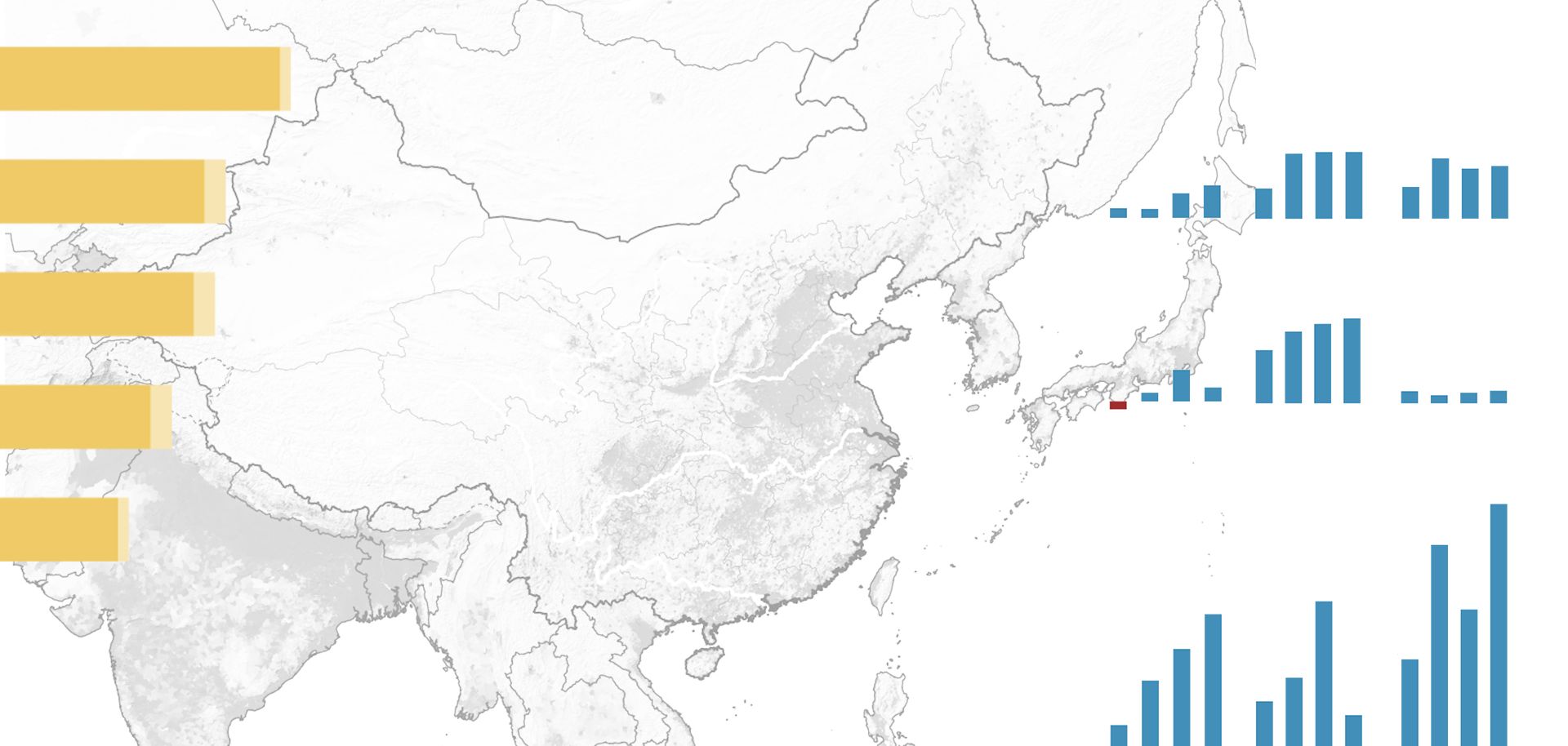
The National Movement for the Liberation of the Azawad (MNLA), one of the Tuareg rebel groups in Mali that has forcibly taken control of the country's northeast, has announced a cease-fire. A spokesman for the group said it had reached the boundary of the traditional Tuareg homeland, known as Azawad, stopping just short of the central town of Mopti after having seized Gao and Timbuktu on March 31 and April 1. The MNLA will not continue its offensive southeast toward the capital of Bamako, according to the spokesman. Fighting against the Tuaregs was one of the main reasons cited by those who participated in the March 21 coup. The ensuing confusion presented an opportunity to the Tuaregs. With the army splintered — some soldiers were fighting Tuaregs, some displacing government officials in Bamako and others deserting their ranks — the MNLA was able to launch a strategic offensive and quickly assume control of key cities against minimal military opposition. Control of these cities, particularly Gao and Timbuktu, awards the Tuaregs control of northern Mali entirely — and with that control, time to consolidate power and entrench themselves in the region. Given the apparent ruinous state of the military, dislodging the Tuaregs appears to be extremely difficult in the near term, particularly without third-party assistance. But foreign intervention seems highly unlikely; the removal of the junta or the establishment of a legitimate government capable of leading an offensive against the Tuaregs would make intervention possible, but not inevitable. As a result, Tuareg control of the northeast will endure for the foreseeable future as long as the current circumstances persist.


